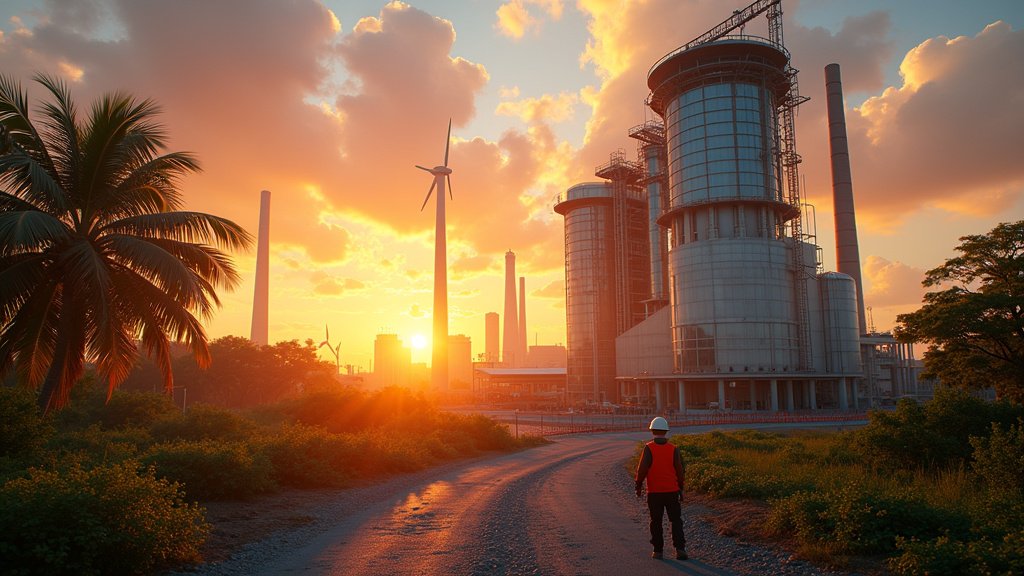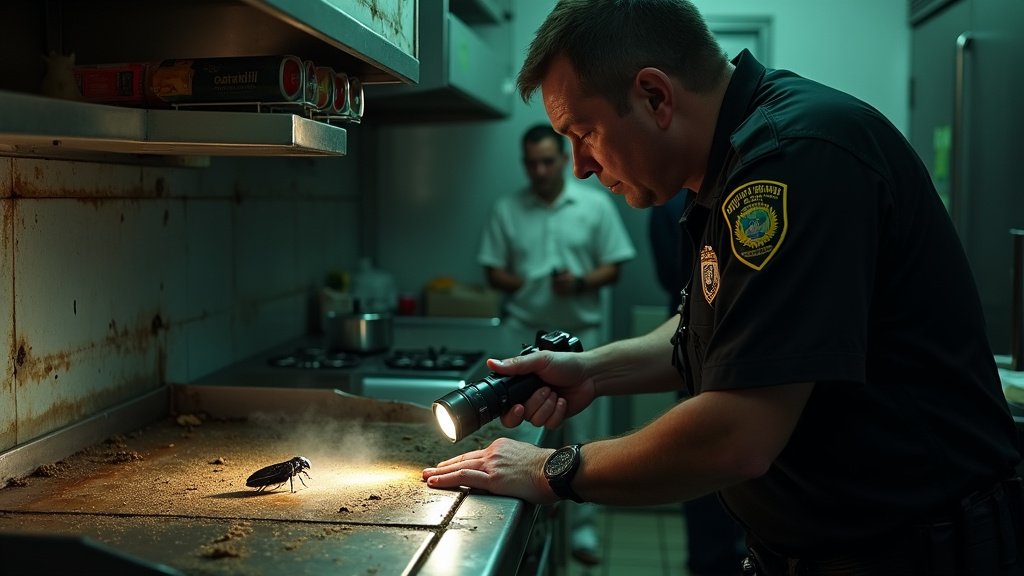Miami-Dade County is set to embark on a significant overhaul of its waste management infrastructure. County commissioners have given the green light for the construction of a new waste-to-energy plant, a move designed to replace an incinerator that was crippled by a fire in 2023. This decision underscores the county’s commitment to modernizing its waste disposal strategy, but the specific location for the new facility remains undecided.
The Aftermath of the 2023 Fire
The original incinerator, which played a vital role in processing the county’s waste, suffered significant damage during the fire. The incident created an immediate need for a replacement solution, given the incinerator’s importance within the county’s waste management network. This led to an urgent assessment of the county’s waste disposal options, culminating in the recent decision to opt for a waste-to-energy plant. The switch signals a strategic shift, potentially incorporating advanced technologies to convert waste into a usable energy source, providing dual benefits: reducing landfill dependence and generating power.
Waste-to-Energy: A Modern Approach
Waste-to-energy plants represent a contemporary approach to waste management. These facilities typically involve the incineration of municipal solid waste (MSW) to generate steam, which then drives turbines to produce electricity. The technology allows communities to convert waste that would otherwise end up in landfills into a source of renewable energy, thereby reducing greenhouse gas emissions and the environmental impact of waste disposal. This contrasts with the less environmentally friendly traditional landfill approach, where waste decomposes and produces methane, a potent greenhouse gas. Beyond power generation, these plants often incorporate systems to recover metals and other recyclable materials from the ash, further enhancing their sustainability profile.
Strategic Implications and County’s Perspective
The selection of a waste-to-energy plant reflects the growing adoption of sustainable waste management practices in urban environments. Miami-Dade County, facing the challenges of a growing population and increasing waste generation, seeks to balance its environmental obligations with its practical needs. The move to a waste-to-energy facility represents a forward-thinking approach, offering a potential solution to rising landfill costs, the reduction of reliance on landfill space, and the mitigation of environmental effects associated with waste management. Commissioners’ vote to replace the incinerator with a waste-to-energy plant demonstrates a proactive attitude in tackling environmental concerns and long-term sustainability. The initiative should improve the county’s overall environmental profile.
The Search for a New Location
One of the key challenges now facing the county is determining the location of the new waste-to-energy plant. The selection of a site requires careful consideration of numerous factors, including the availability of suitable land, proximity to waste collection routes, and community impact. There’s likely to be intense scrutiny from residents, environmental groups, and various stakeholders. Any proposed site will need to undergo a rigorous environmental review process and public consultation to ensure compliance with regulations and address community concerns. This stage of the project will undoubtedly be crucial in ensuring that the facility is both effective and harmonious with its surroundings. The right location will be essential for the successful operation of the plant and its overall integration into the county’s waste management system.
Environmental Benefits and Broader Impact
The construction of a waste-to-energy plant in Miami-Dade County has the potential to yield significant environmental benefits. By converting waste into energy, the facility should reduce the volume of waste sent to landfills. It could also decrease the dependence on fossil fuels for power generation, thereby lowering carbon emissions. The facility will be an important step toward fulfilling the county’s environmental goals. Beyond environmental benefits, the project could stimulate economic activity, by creating jobs during construction and operation. The initiative also showcases Miami-Dade County’s commitment to sustainable practices, establishing it as a leader in waste management best practices. It serves as an example for other regions considering similar upgrades to their infrastructure.
Timeline and Next Steps
While the decision to build the new plant has been made, there are multiple steps before the new facility becomes operational. The selection of a site is a critical task, needing careful planning. Following the selection of a suitable location, detailed design plans will have to be drawn up, approvals from regulatory agencies secured, and construction contracts awarded. The construction phase itself could take several years. Regular updates to the public on the progress of the project, along with opportunities for engagement with the stakeholders, will likely be considered essential for project success. The overall timeline and the eventual operational date for the new plant are subject to the efficiency of the process and the absence of unforeseen setbacks.
Conclusion: Charting a Sustainable Future
The decision by the Miami-Dade County commissioners to replace the fire-damaged incinerator with a waste-to-energy plant marks a significant step forward in the county’s waste management strategy. This move represents a proactive response to the limitations of the previous facility while also providing a commitment to sustainability. By embracing waste-to-energy technology, the county is poised to generate renewable energy, reduce landfill dependence, and minimize the environmental impact of waste disposal. As the project moves forward, the successful selection of a site, coupled with a commitment to transparency and public involvement, will be essential to realizing the full potential of this forward-thinking initiative. The project is an illustration of the commitment of Miami-Dade County to protecting its environment and setting an example for sustainable waste management solutions in the region.





